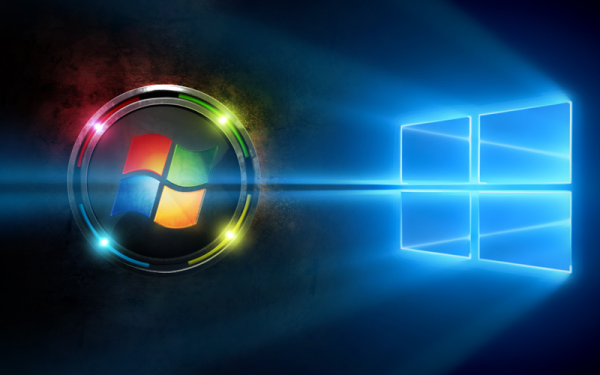By Tamara Haslam – Head of Sales, AURES UK
AURES International Expert Team is pleased to share their points of view on various themes and subjects with you.
Nearly everyone uses Microsoft Windows at some point in their personal or working lives. Take Android smartphones out of the equation, and it is still the world’s most popular operating system.
In business, Windows has an enormous impact on the global economy. The total value of the transactions which take place on Windows systems worldwide each year runs into the trillions. EPoS systems which operate on Microsoft Windows are hugely popular – all AURES platforms can use it.
It is well known that Microsoft likes to revamp Windows from time to time and release new versions – over the past decade plus, we have had XP, Vista, Windows 7, Windows 8 and, most recently, Windows 10, each with their own family of editions and service packs.
Long time Windows users will remember switching over from one system to another after buying a new device, or perhaps installing a new version on an existing computer. What is less widely understood is that, eventually, you more or less have to migrate from older versions of Windows to newer releases. And the timing of migration is tightly controlled by a piece of Microsoft policy – the Windows Lifecycle.
What is the Windows Lifecycle?
Microsoft’s policy is that every version of Windows should have an active lifespan of roughly 10 years from first release to the end of product support. Every Windows product also has a commercial lifespan which determines when it is available to buy – for example, last year marked the end of sales of systems preloaded with Windows 7 Professional, Windows 8 and Windows 8.1. But the overall lifecycle is ended when Microsoft stops providing support for a particular version.
Support broadly means two things – security and updates. And each product has two key dates in the winding down of its product support – the end of mainstream support, when non-security updates are ended, and the end of extended support, which ends the availability of security updates.
How does this affect my EPoS System?
A large number of EPoS systems currently in operation run Windows 7 or Windows 8. For Windows 7, updates ceased being available in January 2015, which means you can no longer install patches to fix known issues or to improve how the machine performs alongside other systems. That will run out for Windows 8 in January 2018.
Both, however, are still covered by security updates. As long as you are using Windows 7 service pack 1, extended support will run until 2020, and for Windows 8 up until January 2023. Security support is crucial because the threat from malware is always changing, and cybercriminals are constantly seeking out weak spots which allow them to get into a computerised system. As long as extended support is provided, Microsoft is also seeking out these weak spots in the Windows architecture and working to fix them, so your EPoS system is still protected.
Windows 10
If your EPoS system still operates on Windows 7or Windows 8, the good news is,you still have time. Although you will not receive any more product updates, you still have a few years before security protection ends. That is plenty of time to plan your upgrade.
If you do want to update your system, AURES now stocks Windows 10 licenses for a wide range of our hardware. If you would like more information about upgrading your EPoS system to Windows 10, please contact us today.




